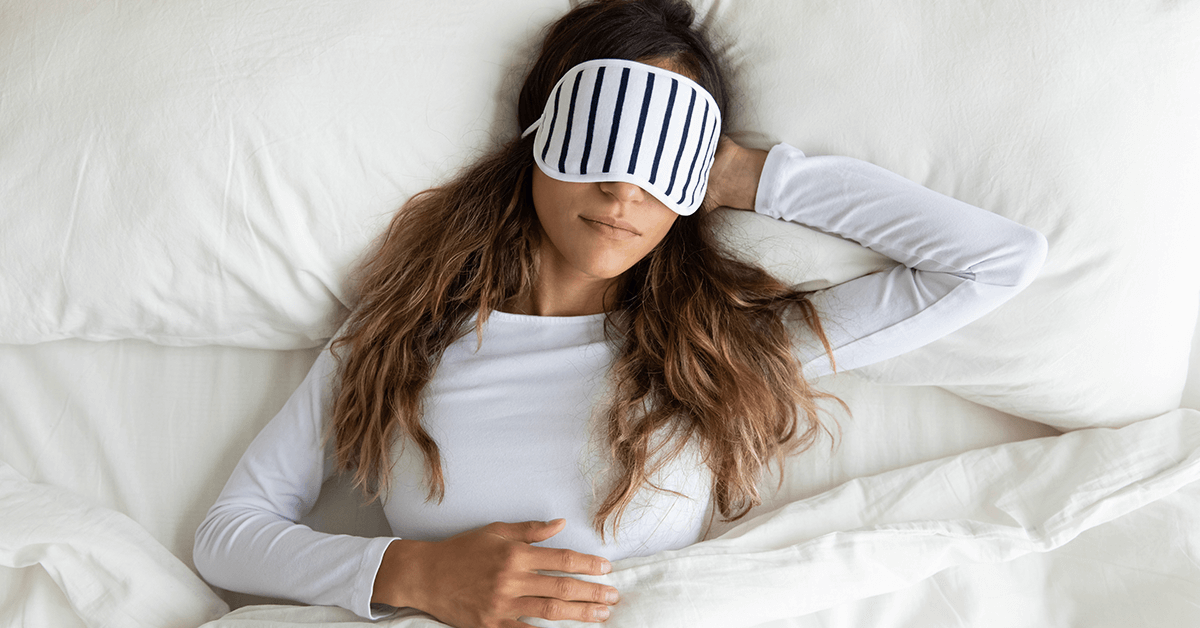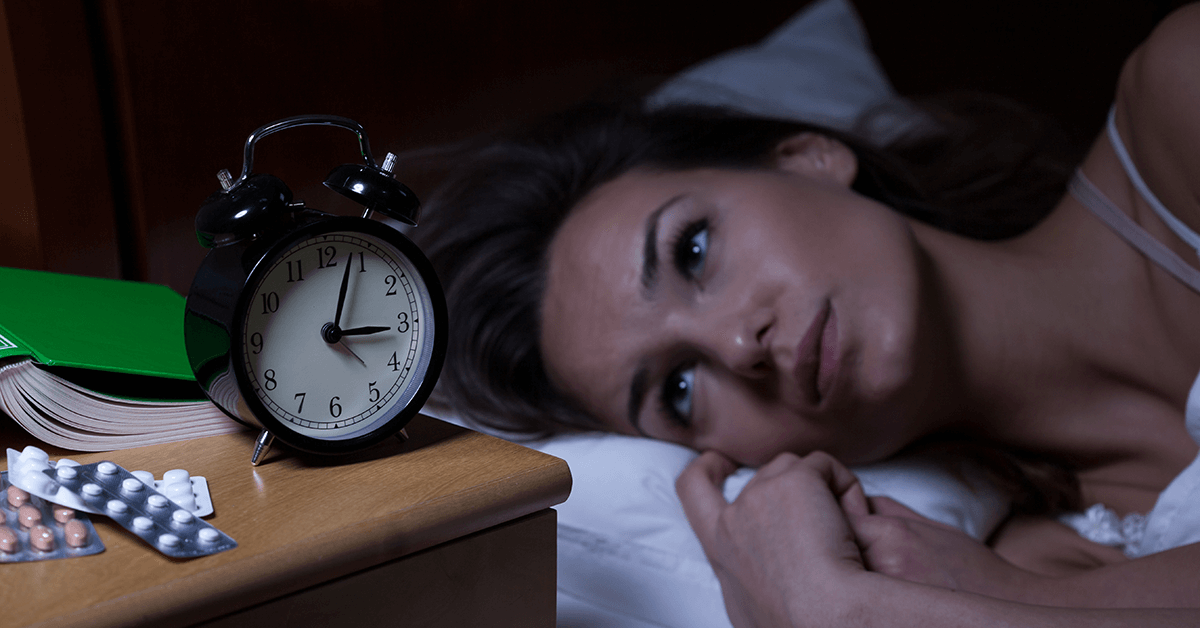
Medically reviewed by
Dacelin St Martin, MD
Triple board-certified in Sleep Medicine,
Internal Medicine, and Pediatrics.
Based on Science | CBT-I Treatment Modalities | About Sleeping Pills |
Find Professional Help
Audio Player
Introduction
Cognitive Behavioral Therapy for Insomnia or CBT-I is an approach recommended by the American College of Physicians to help combat and treat chronic insomnia.
Research Studies show that CBT-I is more effective than sleeping pills and is a lifelong solution for sleeplessness.
Based on Science
CBT-I is a treatment for insomnia that is grounded in the science of behavioral change, psychological theories, and the science of sleep.
Empirical evidence supports the effectiveness of CBT-I, indicating lasting results and no negative side effects.
This treatment can benefit nearly anyone with sleep problems, helping people who have primary insomnia as well as those with medical problems, such as:
- Chronic pain or
- Mental health disorders, such as depression and anxiety
CBT-I Treatment Modalities
CBT-I consists of six specific treatment modalities (listed below) and helps with various manifestations of sleeplessness, including
- Difficulty falling asleep
- Difficulty staying asleep
- Reliance on sleep aids
- Daytime sleepiness
1. Cognitive Restructuring Therapy
This modality helps to realign thought processes to counteract negative thoughts and worrying. How you speak to yourself throughout the day, otherwise known as automatic thoughts, can determine how you sleep at night.
These thoughts, which can be negative, hugely impact your quality of sleep. The stillness of nighttime is an ideal setting to have these thoughts float to the forefront of your mind.
It’s common to intermittently wake up throughout the course of a sleep cycle, giving your mind an opportunity to grab hold of negative thoughts or stressors.
Combining CBT with pharmacotherapy or CBT alone was found to be more effective in modifying automatic negative thoughts than pharmacotherapy alone, ultimately reducing depressive symptoms to a significant degree.[1]
2. Stimulus Control Therapy
What’s key is that the bed is solely used for nighttime activities, like sleep. Believe it or not, working on a laptop or tablet from the comfort of your bed or other activities can negatively affect how you sleep.
In a nutshell, stimulus control refers to steps you can take to help you reassociate your bed and bedroom with sleep.
When daytime activities are performed in a bedtime setting, this cues the mind for wakefulness, resulting in cognitive arousal or sleeplessness. It’s important that the bed is associated with sleep, not wakefulness.
Another part of the problem is that electronic gadgets emit a blue light that inhibits the formation of a hormone called melatonin that regulates sleep.
One study shows that evening exposure to a LED screen, with more than twice the level of blue light (460 nm) emission of a control screen, significantly lowered evening melatonin levels and suppressed sleepiness.[2]
3. Sleep Restriction Therapy
Patients undergoing CBT-I may experience some discomfort in the first couple of weeks due to sleep restrictions. This can be due to sleep restrictions that are prescribed to help get sleep back on track and improve sleep efficiency.
Sleep restrictions are put in place not to restrict actual sleep time but to restrict the physical time in bed and act to consolidate sleep. The goal is to reduce the amount of anxiety you feel about sleeping. As sleep improves, your prescribed sleep time will be extended.
4. Remain in a Subdued State
If sleeplessness persists, it’s important to get out of bed and leave the bedroom after 20 perceived minutes, remaining in a subdued state. By removing yourself from the bed when you’re unable to sleep, you’re resetting how your mind perceives your bed, eventually strengthening cues for sleep.
It’s recommended that you participate in non-stimulating activities, like reading a book or doing a puzzle, until you become drowsy enough to return to bed. Phone usage is strongly discouraged.
5. Sleep Hygiene
CBT-I may involve the restructuring of your sleep environment and adopting a different sleep hygiene regimen.
This includes revisiting all aspects of your bedroom, from your mattress to lighting to temperature to scents chosen for the bedroom.
The majority of patients reported that they tried the personalized recommendations and, with the exception of eliminating alarm clocks, over two-thirds of patients felt the recommendations helped them sleep at a one-month follow-up, and many of these perceived benefits were retained over one year.[3]
6. Relaxation Therapy
A vital part of cognitive therapy consists of mindful meditation, which is key for helping to manage negative or racing thoughts. It helps to relieve anxiety, calming the mind and body.
About Sleeping Pills
Roughly 9 million Americans, or 4% of US adults, use prescription sleep aids or medications to help with sleep disorders.[4]
One study indicates that there is a link between hypnotic sleep aids and cancer. Patients who used hypnotics, like sleeping pills, were 35% more likely than people who were not prescribed sleeping aids to develop cancer within 2.5 years of follow-up.[5]
Sleeping Pills: A Quick Fix?
Sleeping pills are a quick-fix solution for insomnia; however, they are temporary, expensive, and plagued with unhealthy side effects.
It’s been proven that sleeping pills are only effective for up to 3 months and help you fall asleep only 20 minutes faster.
The worst part is that they’re not addressing the primary cause of your sleeplessness. CBT-I is key for targeting factors that cause and perpetuate insomnia over our lifetime.
Not a Band-aid Approach
CBT-I gives you the knowledge you need to overcome insomnia. This knowledge is helpful if you experience recurring bouts of sleeplessness and helps prevent a dependency on pills.
By slowly introducing strategies and giving you a chance to practice them, CBT-I provides therapeutic guidance until you have all the building blocks necessary to beat insomnia once and for all.
Find Professional Help
The first step to seeking help for sleeplessness is making an appointment with a medical provider. From there, it may be necessary to schedule an appointment with a sleep clinic.
Alternatively, there are comprehensive online programs for CBT-I that work directly with your doctor or provide virtual guidance through telemedicine. These programs use the science behind CBT-I to help you relearn healthy sleep techniques to get the quality sleep you deserve.
References:
- Rana, M., Sthapit, S., & Sharma, V. D. (2017). Assessment of Automatic Thoughts in Patients with Depressive Illness at a Tertiary Hospital in Nepal. JNMA; journal of the Nepal Medical Association, 56(206), 248–255. https://pubmed.ncbi.nlm.nih.gov/28746324
- Cajochen, C., Frey, S., Anders, D., Späti, J., Bues, M., Pross, A., … & Stefani, O. (2011). Evening exposure to a light-emitting diodes (LED)-backlit computer screen affects circadian physiology and cognitive performance. Journal of applied physiology, 110(5), 1432-1438. https://journals.physiology.org/doi/full/10.1152/japplphysiol.00165.2011
- Irish, L. A., Kline, C. E., Gunn, H. E., Buysse, D. J., & Hall, M. H. (2015). The role of sleep hygiene in promoting public health: A review of empirical evidence. Sleep medicine reviews, 22, 23–36. https://doi.org/10.1016/j.smrv.2014.10.001
- Ducharme, J. (2019, May 7). Are sleeping pills safe? here’s what research says. Time. Retrieved September 7, 2022, from https://time.com/5584937/sleeping-pills-safe/
- Kripke DF, Langer RD, Kline LE Hypnotics’ association with mortality or cancer: a matched cohort study BMJ Open 2012;2:e000850. doi: 10.1136/bmjopen-2012-000850. https://bmjopen.bmj.com/content/2/1/e000850


